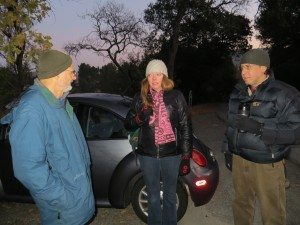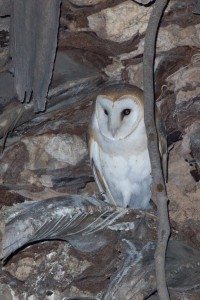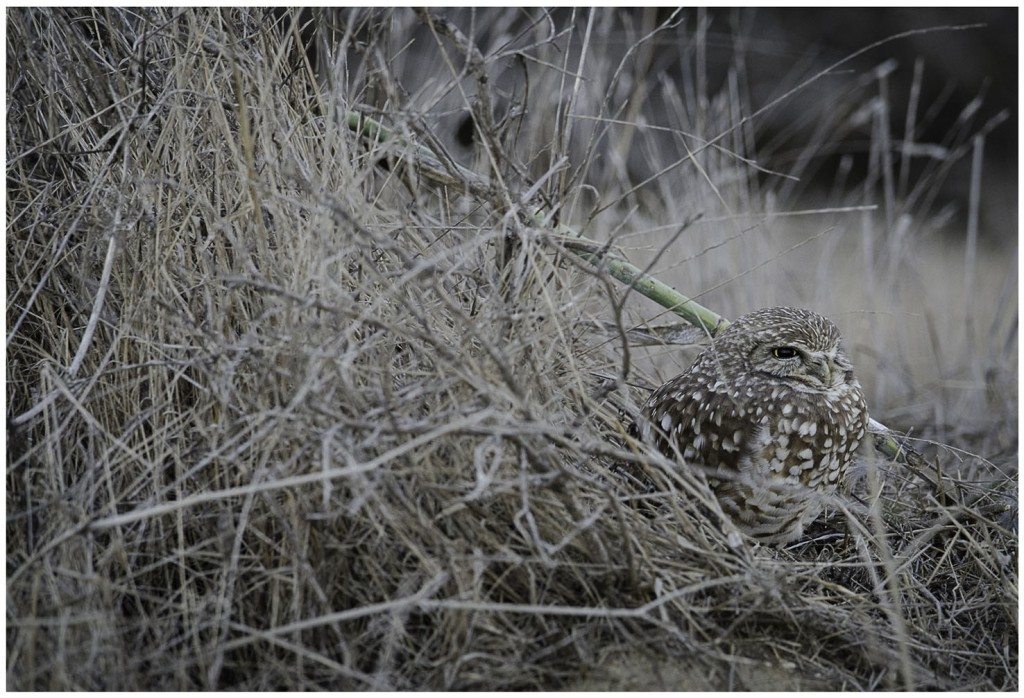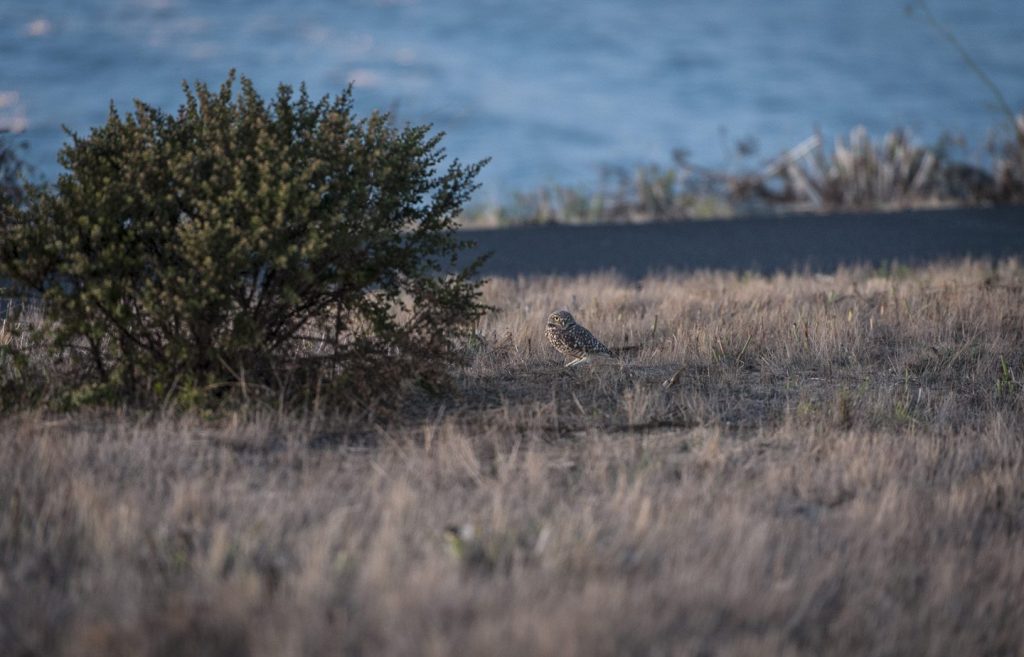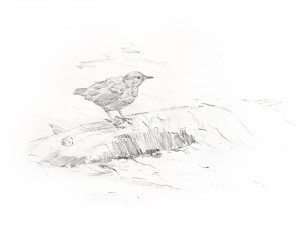SF Christmas Bird Count – 183 species?
By Ilana DeBare
About 120 birders fanned out across the 15-mile diameter of the San Francisco Christmas Bird Count circle on Friday and set what could be a new record for the number of species in the SF count — 183.
That’s of course a preliminary number. It could change as count compilers Siobhan Ruck and Alan Hopkins pour through the data, and as more reports from count week trickle in.
(It looks like this year’s Oakland species count, which initially had been pegged at a record-setting 184, is being revised down to 182. So, San Franciscans, don’t get too cocky just yet!)
The weather was cooperative — dry and relatively warm. Some birds were also quite cooperative, including a Tropical Kingbird that posed for the South San Francisco count team, and a Burrowing Owl at Ocean Beach.
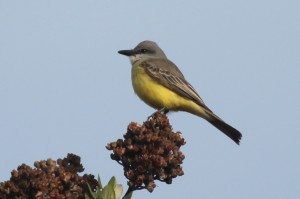 Tropical Kingbird sighted in South San Francisco. Photo by Ilana DeBare.
Tropical Kingbird sighted in South San Francisco. Photo by Ilana DeBare.
 Counting in South San Francisco.
Counting in South San Francisco.
But others were painfully absent. Unless they show up on subsequent reports, this year’s count was notable for turning up no Cinnamon Teal, Green Heron, or California Quail.
The absence of quail — the California state bird — is a particularly sad story. Their numbers in San Francisco have dwindled dramatically in recent years, due to loss of habit and predation by feral cats and off-leash dogs.
Some teams reported low numbers of individual birds in their area, despite the high species count. It will be interesting to see if this is borne out count-wide once the data is tallied — and if so, if it can be attributed to our extremely dry winter.
After the count, participants gathered for the traditional celebratory dinner at the Log Cabin of the Presidio. Many thanks to the Presidio Trust for providing this homey venue, complete with roaring fireplace, and for co-sponsoring the count!
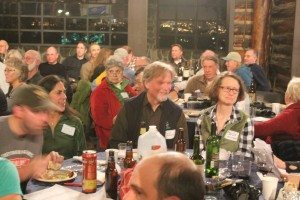 CBC Dinner at the Log Cabin in the Presidio.
CBC Dinner at the Log Cabin in the Presidio.
 Siobhan Ruck and Alan Hopkins read down the list of likely birds. Photo by Jon Sieker.
Siobhan Ruck and Alan Hopkins read down the list of likely birds. Photo by Jon Sieker.
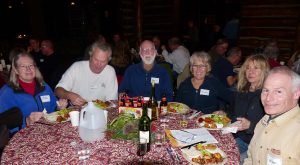 CBC dinner / Photo by Lee Karney
CBC dinner / Photo by Lee Karney
Among the highlights cited by count teams:
- Two Snowy Plovers (including one banded bird) at the Presidio, and 24 at Ocean Beach – good news for this threatened species.
- A Clapper Rail at Heron’s Head Park.
- Over 2,000 Western Sandpipers at the South San Francisco shoreline.
- Fifty-four Western Bluebirds in the Crystal Springs area. (But no quail.)
- A Long-tailed Duck and Harlequin Duck in Pacifica.






